How to Live a Healthy Lifestyle using the 80/20 Rule.
Keep It Simple: How to Apply the 80/20 Rule to Your Everyday Living
Are you tired of feeling guilty for “cheating” on your diet?
Does the guilt cause you then to overeat for several days afterward which sabotages some of your progress?
Are you looking for an easier way to manage your healthy lifestyle choices? So you can stay on track and finally meet (or maintain) your weight and fitness goals?
If so, then applying the 80/20 rule to your diet and exercise plans may be the right fit for you.
What Is the 80/20 Rule?
The 80/20 rule comes from the famous Pareto principle that 80% of the effects come from 20% of the causes. While this originally related to the distribution of wealth in Italy, it’s now being applied to other things, including healthy lifestyle choices.
By following the 80-20 rule, you will focus on eating well and exercising 80% of the time. For example, eating well and working out during the week, and indulging (a bit) on the weekend. Or, if you tend to go out with your coworkers for lunch on Friday or out with your friends on Friday night, perhaps your indulging days could be Friday and Saturday. The choice is yours.
In short, it doesn’t matter which times/meals you choose to have as your 20% indulging time, you need to keep it under 20% of the time.

What Can You Eat Following the 80-20 Rule?
For the majority (80%) of the time, you should focus on eating healthy, nutritious foods.
This includes a low-calorie breakfast, packed with protein and fiber to keep you full longer and fight off the desire to snack (or eat those bagels one of your coworkers loves to bring to the office). By limiting your calories at breakfast, you start your day off on the right foot.
Lunch and dinner options can vary widely depending on your personal preferences. Focus on whole foods that offer a variety of nutrients: lean proteins, whole grains, and veggies and fruits chosen from the colors of the rainbow.
For snacks, choose foods like nuts, yogurt, fruits or veggies with hummus or salsa.
During your 20% “indulging” time, try to choose things you really enjoy. Don’t grab the first sweet or salty snack that comes your way. Make it something you have been craving all week or that you don’t want to live without.
Keep in mind that this doesn’t mean you get to eat an entire pizza or a whole pint of ice cream.
While following the 80/20 rule, as with any dietary plan, practicing portion control is a key factor for success.
How Much Exercise Do You Need to Do?
The experts say the average adult should do 2 1/2 hours of moderate activity per week and do muscle-building exercises at least 2 days per week.
This equates to a minimum of a half-hour each day (Monday through Friday) and a weight training session two days a week.
Or, if you prefer or your schedule doesn’t allow time every workday, you can add some time to your workouts and cut the sessions down to a few days per week.
How you choose to get your half-hour of “moderate activity” is up to you.
Walking at a rate where you are breathing harder than normal but can still talk well enough to keep up a conversation works fine.
Of course, biking, rollerskating, dancing, running, or any other kind of physical activity you enjoy works just fine, too!
Many may find keeping an exercise log beneficial in making sure they get the right amount of each type of exercise each week.
You just need to get moving. Your heart and body will thank you!
How Can I Live Better in 2021?
It’s important to start and maintain a healthier diet. Remember to eat fruits and vegetables, nuts, and grains that will give you energy throughout your day.
How to Maintain a Healthy Lifestyle
Eat more fruits and vegetables and eat fewer carbohydrates, reduce sodium intake as well as bad fats. No need to eat junk food and avoid sugar.
What Are Healthy Lifestyle Examples?
1. Sleep more.
2. Strive to workout at least once per day.
3. Consume more Vegetables.
4. Consume more whole-grain foods and cereals (the less processed, the better).
5. Avoid tobacco and alcohol.
6. Maintain a positive, happy view of life.
Give the 80/20 Rule a Try
Try following the 80-20 rule diet for a few weeks and see how great you’ll feel. Say goodbye to guilt and not having flexibility in your healthy lifestyle choices. Losing weight and staying fit doesn’t have to be complicated.
The right mindset doesn’t hurt either. For more about that, here’s a podcast about how to maintain the right mindset to succeed following the 80/20 rule.






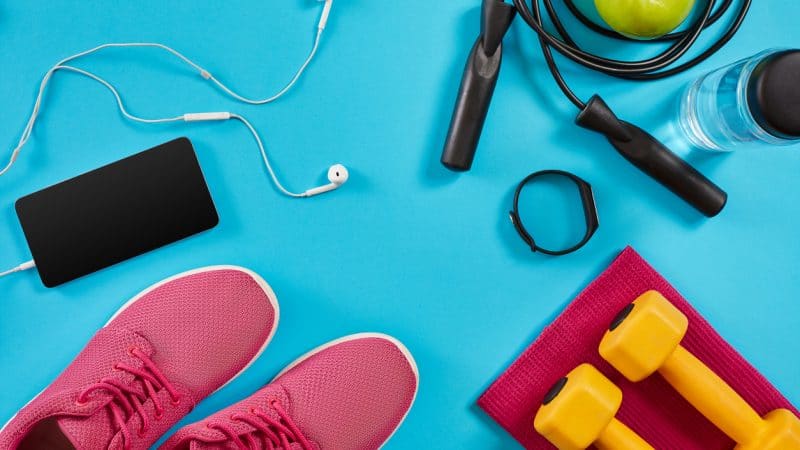



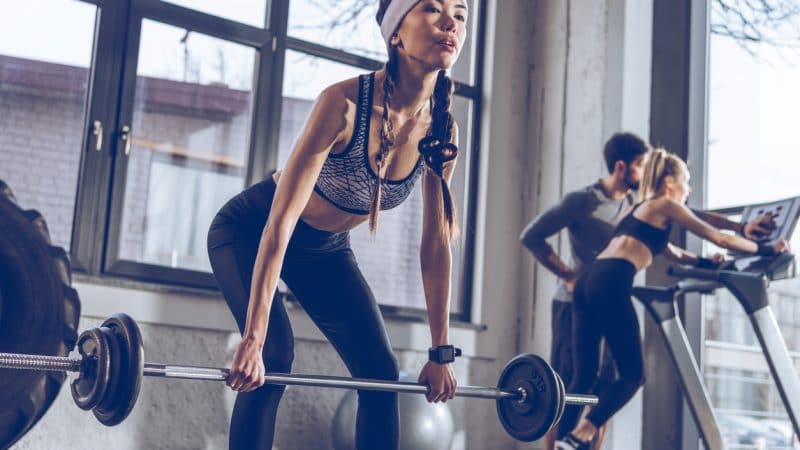


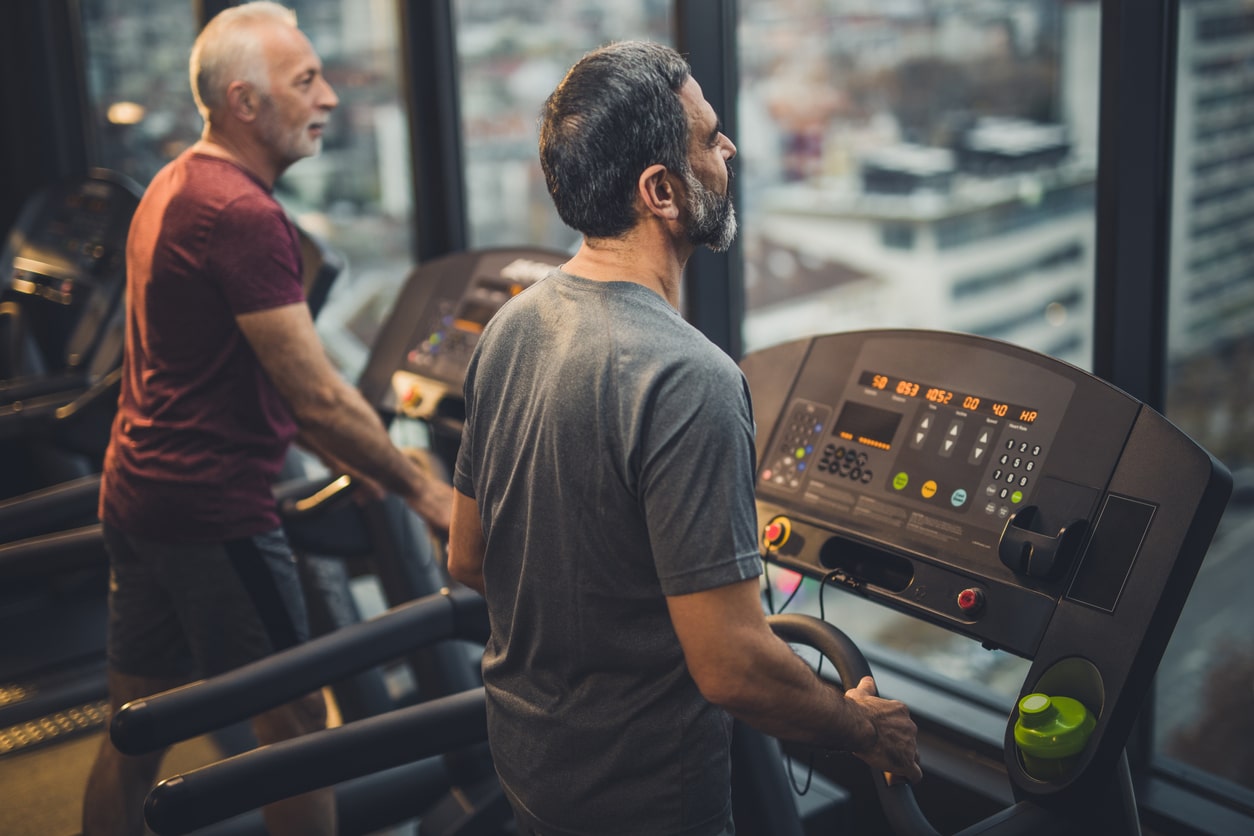
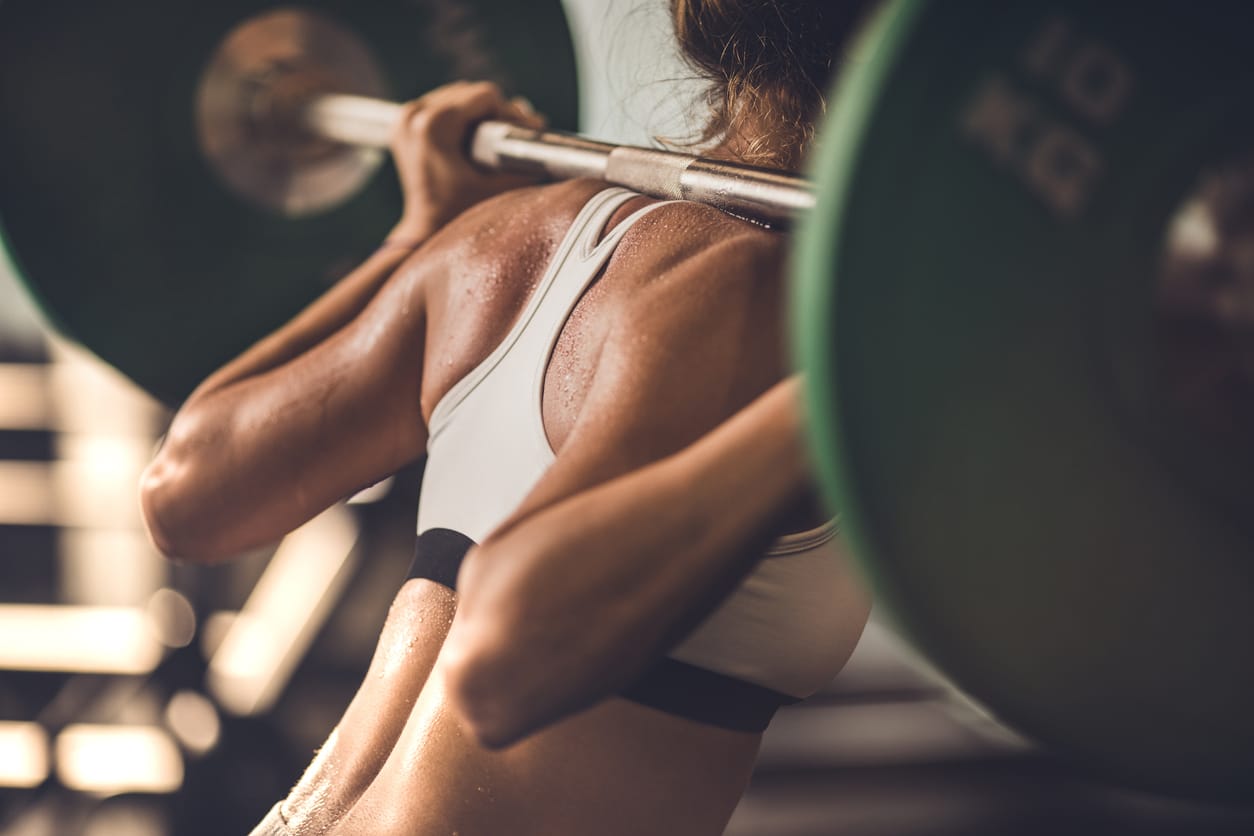




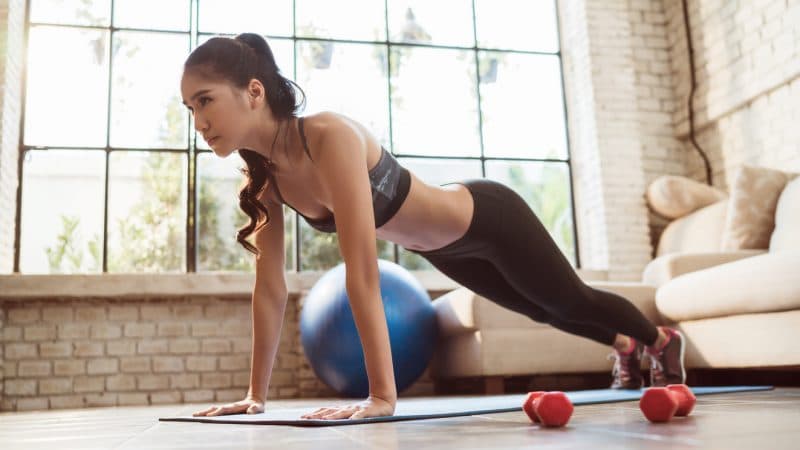




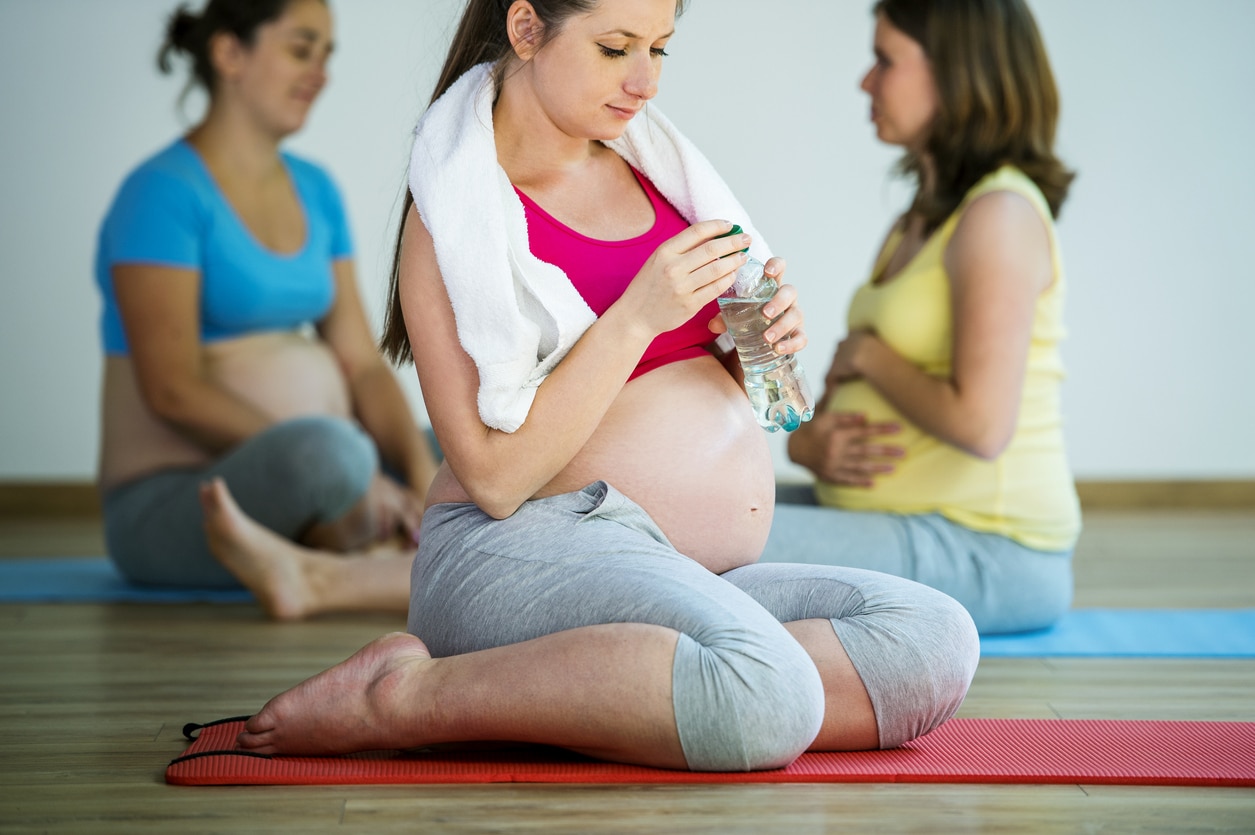
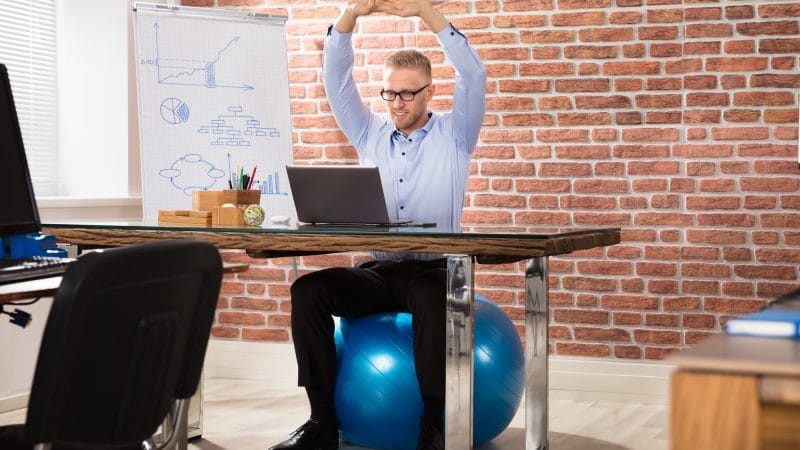









Recent Comments